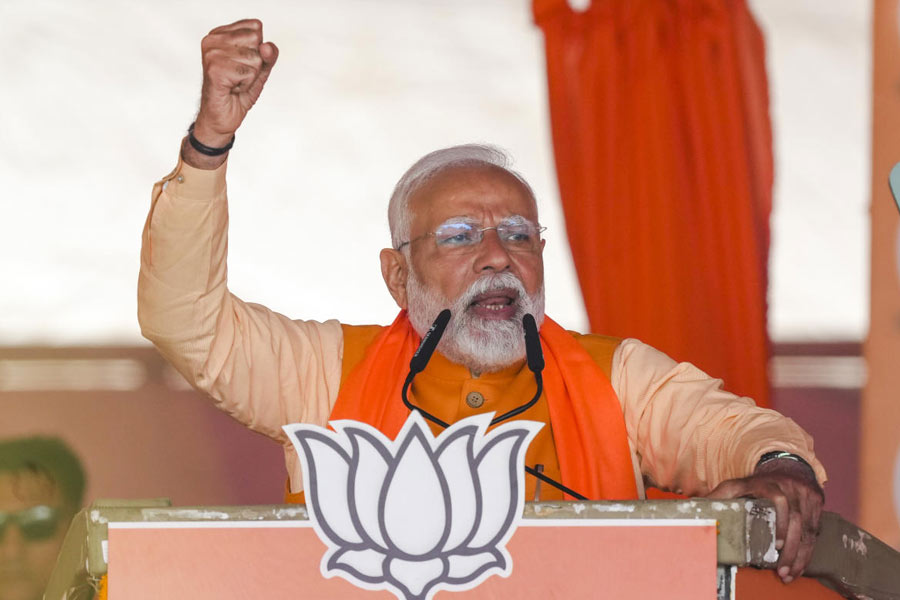My card.” Saying those words does have a certain professional ring to it. You really feel that you’ve arrived when you’ve got a wallet-load of business cards to bandy about.
Trouble is, since the advent of cheap printing and the addition of the word “executive” to any post more senior than bog cleaner, the worship-me business card has become rather too common.
OK, so you can drop them in hotel lobby boxes for “win a weekend for two” competitions, but beyond that, their cachet has crashed. They get swapped more readily than germs.
Recipients glance at them politely and carry them about for weeks, until they either get binned or recycled into roaches.
Nowadays, you’ve scored in business if a new contact puts your number straight into their mobile. But for those who persist with cards, an appalling new form of mission-creep has emerged.
The simple, understated introductory card has been hijacked by the Prontaprint generation. How about adding a photograph of your gorgeous self? Tasty. Or emblazon the thing with so many luminous colours and typefaces that it’s visible from space.
Those who want to project themselves as original thinkers can also opt to pay print firms a fortune to produce cards that come in their own folding sleeves. It’s amazing how many captains of industry can be impressed by corporate origami.
The ultimate level in this business-card battle is the CD-Rom. “Hi, here’s my CV, my last two major projects, my DNA sequence and pictures of my spouse doing something interesting with the family pet.”
All this helps to explain why a recent study by Lancaster University Management School found that many modern-day cards are so garish that they “simply give the wrong impression” of the person dishing them out. Or is the problem the fact that the cards give us an all-too accurate impression of their creators?











